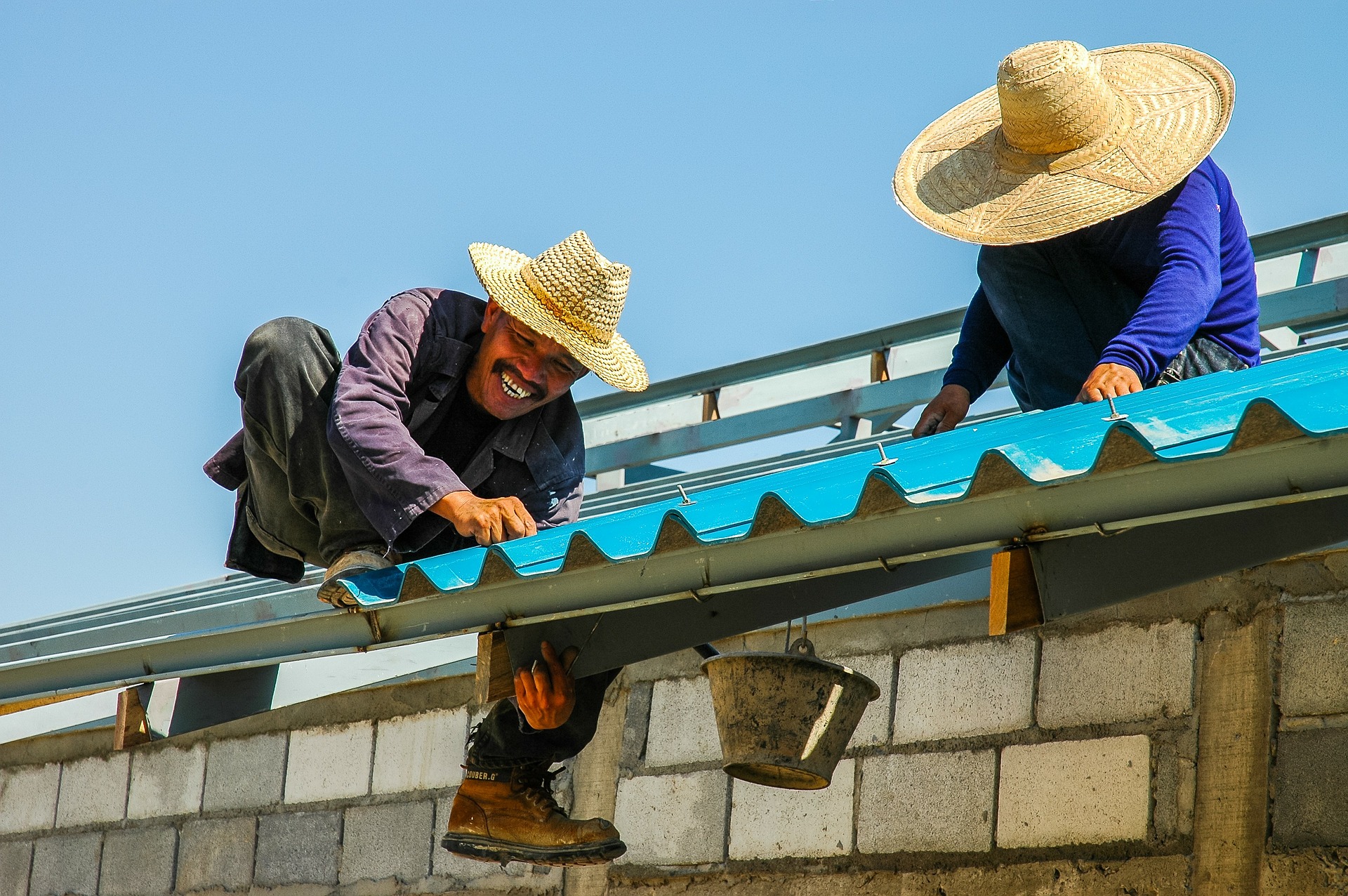Why do roofers use copper nails?
When you go to a DIY shop or a site to look for nails, there are several alternatives that you would not understand where to begin if you’re not even aware of the distinctions. It is easy to believe that almost all roofing nails are for different purposes and would be used to secure something on any surface and for every job.
That’s not the rule, and it is critical to understand which nail is appropriate for each use, specifically in roofing. This article will go through the different kinds of roof nails accessible and why roofers use copper nails.
Roofing nails are often used to secure shingles, apply roof felt for water resistance, and join roof tiles or metal sheets during roofing projects. Roofing nails come in various shapes and sizes and thus are manufactured of an array of substances.
The heads of all roof nails are large and broad, while the shanks are short. The points of the pins are pointed and sharp for simple placement, so you do not damage the shingles or harm the wood.
What is the definition of a roofing nail?
Like their title suggests, Roofing nails are used to secure roofing components in construction and are available in a variety of materials. These are commonly known as roof nails since they are primarily used for roofing (and occasionally fence) projects. The pins are great for fastening flashing to wood and metal and putting roofing underlayment and shingle. They have a large flat head or a thin shank to be found in a range of sizes. Every kind of nail is rated based on its lengths and the radius of the wires used in its production.
When and why should copper nails be used?
Copper nails are recommended by most specialists when it concerns attaching roofing tiles or slates. The material is exceptionally adaptable regarding the situations in which it may be utilized without compromising the nail’s function.
Copper nails are among the most cost-friendly solutions accessible due to their longevity and power to remain securely fixed in place without trouble. Once it refers to nailing these into place, there are also no hassles, and they guarantee that any fresh roofing or restorations conducted on the roof will stay undamaged in the worst of weathers.
Copper also has the advantage of containing compounds that are toxic to mosses and algae. The combinations are distributed around the roof as rainfall pours and travels over the copper nails. Therefore, it prevents the formation of mosses and algae.
Copper nail is often used in roofing materials and slates. Copper nails, on the other hand, may be used in a variety of situations. While there are many different kinds of copper nails, one of the most popular ones used among professionals is copper clout nails or copper annular ring clout nails. Various sorts of copper nails are employed in a variety of tasks. Disc rivets, copper pins, and slate straps are examples of copper nails.
Copper nails are utilized by both experts and DIYers, as previously stated. They are mainly employed because of their longer lifespan and resilience. Copper nails have been most commonly used in the scenarios listed below.
Recent Article: What do Roofers use for Safety
Annular Ring Nails with Copper Clout:
For roofing tiles or slates, copper clouts & annular ring nails are commonly utilized. These sorts of nails are available in a variety of diameters. Every project is unique, and you may select copper nails based on your needs. If you conduct a quick google search on copper nails, then you can certainly come across various online forums where people are debating why copper nails are indeed the optimal option for any work. The following are the most prevalent factors why copper nails are the finest:
- Building codes in certain areas prohibit homeowners from using galvanized nails on slate roofs.
- Copper nails are utilized in coastal areas since the elements easily damage galvanized nails. Copper nails, but on the other side, are long-lasting at the seaside.
- Furthermore, because of the high amount of pollution, galvanized nails may be corroded. Copper nails, on the other hand, pose no such issue.
- It gets simpler to pry off copper nails without exerting much effort while replacing a cracked or broken slate.
- Because galvanized nails are not very long-lasting, they might give up their shielding while hammering them in.
- Galvanized nails may corrode rapidly in some regions owing to extreme weather conditions, which might cause the slates to fall off the roofing.
Pins made of copper:
Copper pins are available at any neighborhood hardware shop. The nails are perfect for ornamental beading and craft projects. The 20mm copper pins, for instance, are ideal for use in any decorative project, and since they are coppered, they will last longer. On the other hand, the copper pins are intended for use just inside and would not be as sturdy outdoors as they are within.
Rivets made of copper discs:
Copper disc rivets are another essential and popular form of copper nail. Such rivets are primarily used in the building and construction industry. Copper disc rivets could be used on fiber cement slates. Fiber cement slates and copper disc rivets are better to handle with copper disc rivets versus conventional slates, according to internet forums, because they’re manufactured and created to regular proportions.
Straps made of copper slate:
Copper slate straps are also available, which are primarily utilized for roofing purposes. These copper slate straps are commonly employed by persons who have broken slates on residential roofs and cannot remove them quickly.
